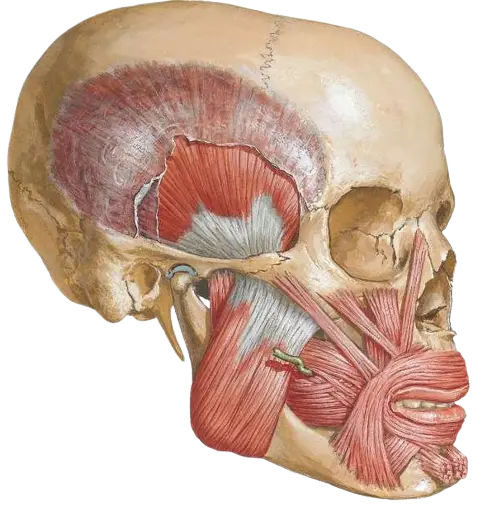Relationship between maxillomandibular rotation and airway volume in subjects with maxillo-mandibular prognathism
2024 - Volume 3 -
Issue 2
Summary
The vertical growth of the mandible is related to the degree of inclination of the mandibular plane and the contour of the mandibular angle. These characteristics are related to the upper airway and vary depending on the skeletal class and the mandibular vertical pattern. The aim of this study is to describe and compare the inclination and angulation of the maxillomandibular plane in class III subjects and to establish the relationship with the area and volume of the airway. A cross-sectional study was performed to evaluate the area and volume of the airway and itsrelationship with the maxillomandibular plane in class III skeletal subjects who are candidates for orthognathic surgery, using cone beam computed tomography. A total of 86 CIII subjects with mandibular prognathism who were candidates for orthognathic surgery were analyzed. They ranged in age from 18 to 59 years (29 ± 10.1). 46 subjects were male (55.55%) and 40 were female (44.45%). 57 subjects presented an open angulation and 29 subjects presented a closed angulation. Subjects with an open angulation presented a hyperdivergent pattern. Whereas subjects with a closed angulation presented a greater minimum area (p<0.01), maximum area (p<0.07) and to- tal volume (p<0.03) than subjects with an open angulation. We can conclude that in skeletal CIII subjects with mandibular prognathism who present open angulation, it is necessary to evaluate the mandibular inclination together with the minimum area and total volume of the upper airway.
Keywords
Upper airway space, Mandibular angle, Vía aérea superior, Skeletal class III, Inclinación mandibular, Clase III esqueletal
How to cite
RAVELO V, NAVARRETE A, PARRA M, OLATE S. Relationship between maxillomandibular rotation and airway volume in subjects with mandibular prognathism. Craniofac Res. 2024; 3(1):54-61.
